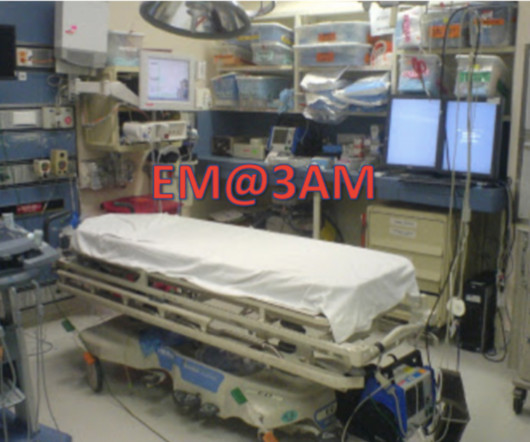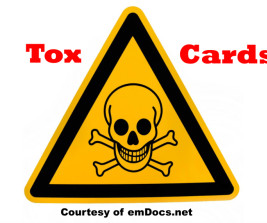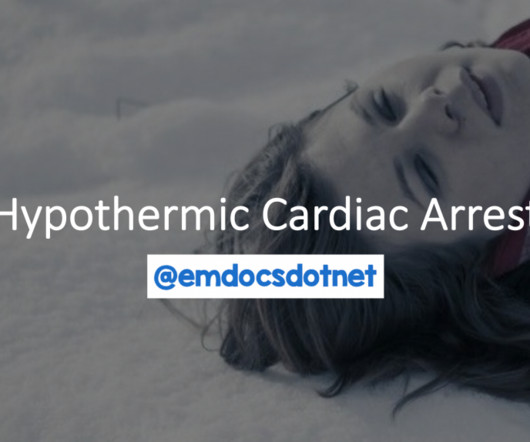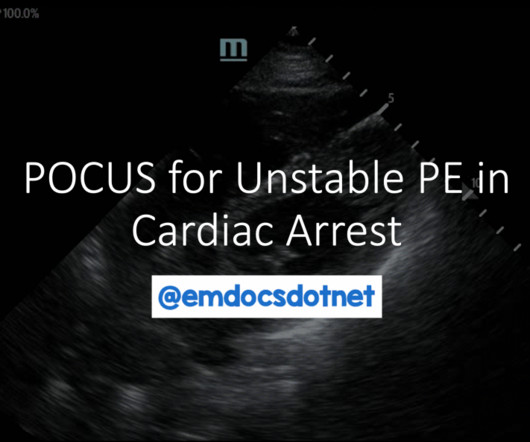How Much O2 Is Right in COVID?
REBEL EM
APRIL 22, 2024
Lower vs higher oxygenation target and days alive without life support in COVID-19. Population: Adult patients ( > 18 years of age) admitted to the ICU with COVID-19 and severe hypoxemia (defined as receiving supplemental O2 with a flow rate of at least 10L/min or receiving mechanical ventilation or non-invasive ventilation.














Let's personalize your content